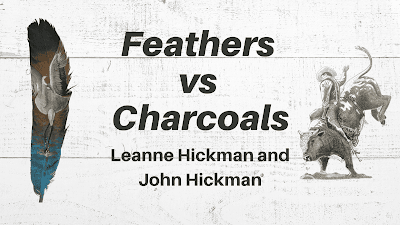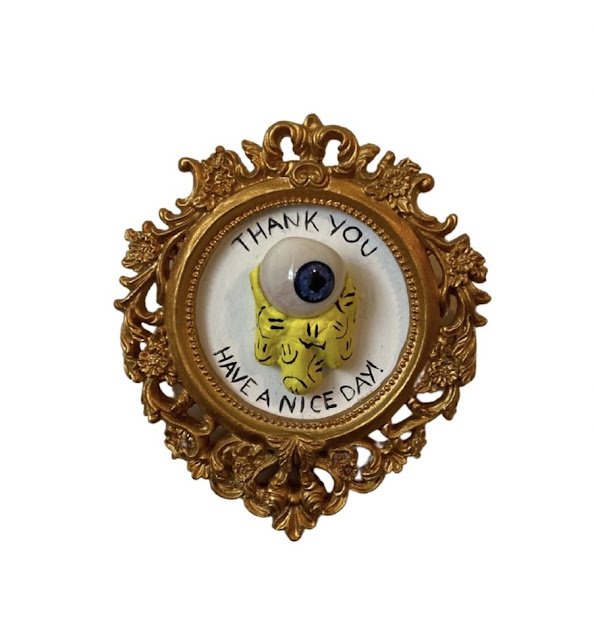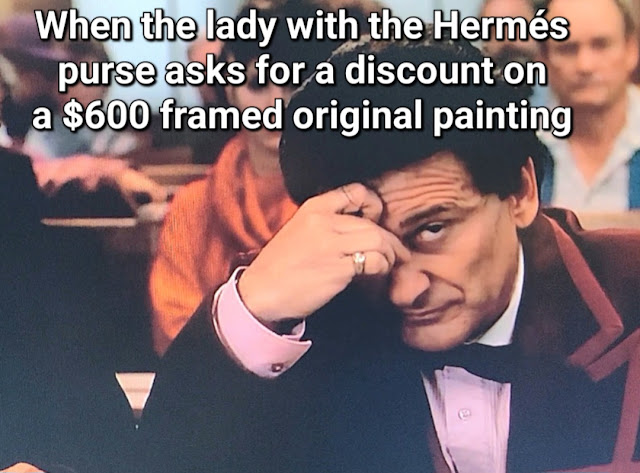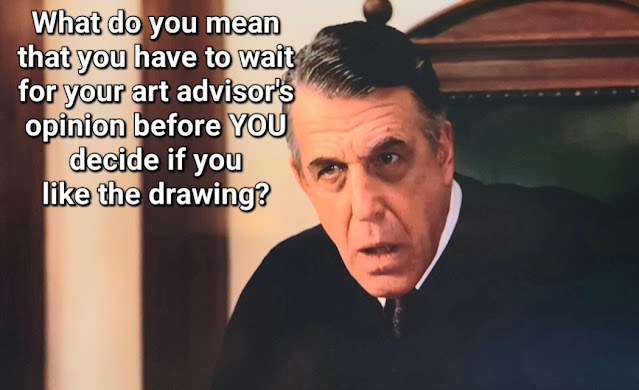Five new exhibitions and the continuation of Lost Europe: On the Edge of Memories are open for viewing at the American University Museum at the Katzen Arts Center beginning Saturday, Sept. 9. The contemplative and thought-provoking fall line-up includes work by D.C.-area artist Steven Cushner, abstract wood sculptures by Rachel Rotenberg, the black and white photography of pre-war Ukraine in Lost Europe, and more. The opening reception takes place from 6 to 9 p.m., Saturday, Sept. 9 and is free and open to all. Admission to the museum is free and open to the public.
Through Oct. 15:
Song of Songs: Fruitful Relationships
Using the traditional techniques of the Dutch masters, painter Lillian Klein Abensohn's still-life works tackle societal, familial and interpersonal dynamics – from suggestive, generative allusions of sumptuous produce to pears that inhabit female archetypes. The most essential relationships, be they sexual, personal, familial or racial are alluded to in her myriad of forms —coyly, directly, ironically.
Through Dec. 10:
CUSHNER
CUSHNER consists of 34 artworks by artist Steven Cushner, who served as an adjunct faculty member at AU from 1995 through 2000. Cushner has taught at George Mason University for more than 35 years. This is not just a retrospective of the artist’s 40-plus year career; it’s a selection of what is happening in his studio today. The pieces range from small-scale works on paper and wood-cut prints to large-scale paintings, all of which span the gallery’s third floor. The exhibition presents a mature artist at a powerful moment in his career. AU Museum partnered with HEMPHILL Artworks to develop this exhibition of Cushner’s more recent works in one of the largest shows of his work to date. Nature’s Tapestry
Bernis von zur Muehlen’s photography engages the realm of the spiritual and the everyday, created by re-visioning reality again and again. This exhibit consists of four different series of images that form a “tapestry of nature.” Muehlen is a widely exhibited photographer who began showing her work in the mid-70s in commercial galleries and museums in the United States and abroad, beginning with her studies of the male nude. Subjects of this exhibit include bald cypress knees; trees undergoing the changes that come with the seasons; shadowy scenes invoking landscapes seen in dreams; and koi fish in playful moments.
Rachel Rotenberg
This exhibition will bring a remarkable body of largely unknown work to the D.C. area for the first time. Using cedar planks and other materials, Rachel Rotenberg has managed to build works on a heroic scale without sacrificing intimacy, and to craft small sculptures that attain a kind of conceptual monumentality. Rotenberg spent much of her life in Baltimore but has lived and worked in Israel since 2015. An artist for more than 40 years, she has managed to develop consistently as an inventor of new forms through scattered periods of intense instruction and the encouragement of small grants. Within a relatively conventional set of materials and methods, Rotenberg has created a deeply original body of work whose language is both eccentric and universal. Curated by Jane Livingston, with a catalog designed by Alex Castro.
Franklin White: An American in Venezuela
D.C. native Franklin White’s exhibition focuses on the experiential account of his life as an American living in Venezuela for the past two decades. Through White’s art, viewers can experience the beautiful and captivating traditions, as well as the food, music and abundance of botanical growth that thrives in Merida, Venezuela. White, a retired professor of more than 30 years, has been working and experimenting with different artistic media throughout his career. The present work employs handmade paper and large-scale oil pastels.
Lost Europe: On the Edge of Memories
The exhibit, which opened in June and will close Dec. 10, invites viewers to contemplate life in pre-war Ukraine. The exhibit showcases 75 black and white photographs, on display for the first time in a museum in the United States. The photographs span nearly three decades of predominantly rural Ukrainian life, from shortly after the dissolution of the Soviet Union in 1991, to 2018.
As the Czech photographers Karel Cudlín, Jan Dobrovský and Martin Wágner experienced societal, political and economic upheaval when their own country transitioned to democracy after the fall of the Soviet Union, they sought to document the similar experiences of everyday life of Ukrainians during this time.
“All three artists are genuinely interested in Ukraine, and their documentary work has a deep human quality,” said curator Milena Kalinovska. “Their motivation was to capture something authentic, particular. These lyrical photographs, although straightforward and accurate, have ageless intensity and acknowledge deep historical context with lingering traces left.”









